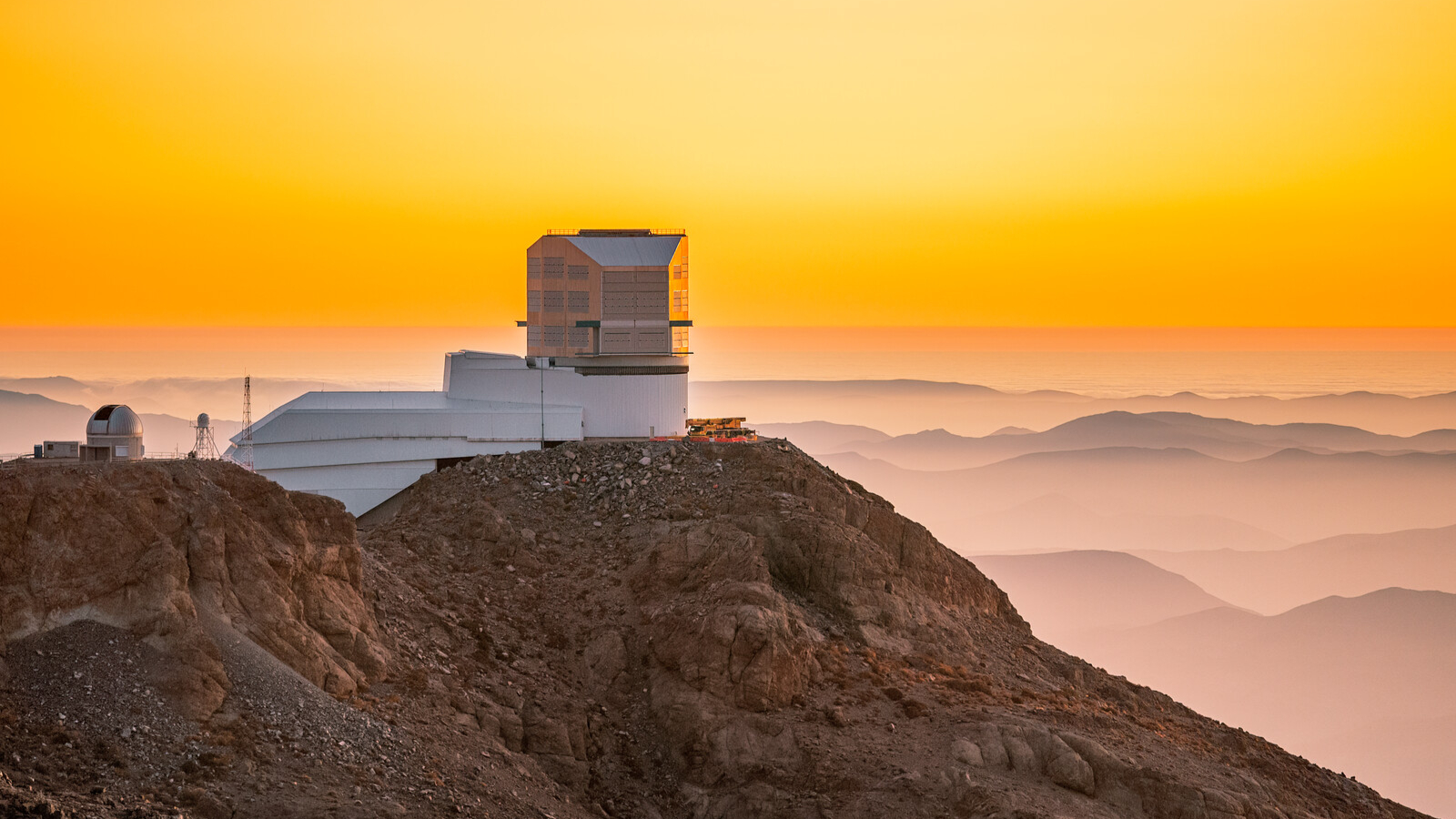Wow! Spacecraft Spots Earth, Mars and Pluto's Position in Time-Lapse Sequence

An incredible new time-lapse video shows Earth, Mars and the location of Pluto using images from NASA's Solar Terrestrial Relations Observatory Ahead (STEREO-A) spacecraft, with the Milky Way as a vivid background. The spacecraft, whose primary mission is to monitor solar activity, was on the far side of the sun when the pictures were taken earlier this month.
The time-lapse sequence was captured while STEREO-A was performing routine operations at the time, looking at the inner heliosphere (the sun's region of influence), said Karl Battams, an astrophysicist and computational scientist based at the U.S. Naval Research Laboratory (NRL) in Washington, in an email to Space.com. The spacecraft took the photographs with its Heliospheric Imager 1 instrument, which is managed by the NRL.
"The HI-1 camera has a 20-degree square field of view, centered around 25-degrees away from the sun. The sun is off to the 'left' of the images," he said. [Earth, Mars, Pluto and Milky Way Seen By Spacecraft | Time-Lapse Video]
"While we do have Pluto labeled in the pretty pics online, it's not actually visible in them — it's far too faint and small for us to detect. Earth and Mars, obviously, are easily spotted, and we're lucky to have a stunning Milky Way backdrop again. It was arguably more beautiful a week or so ago when it was better centered in the field of view."
STEREO-A took the photos by using the H1 camera and other instruments in the Sun Earth Connection Coronal and Heliospheric Investigation (SECCHI) package. The H1 camera looks for solar outflows such as coronal mass ejections, when the sun ejects plasma from its surface into space. Other cameras in the package can look much closer at the sun, either by blocking its light with a coronograph, or by imaging the sun itself in the extreme ultraviolet wavelength, Battams said.
STEREO-A and a twin spacecraft, STEREO-B, both launched Oct. 25, 2006. They were inserted into sun-centered orbits that trail slightly ahead of and behind the Earth. (The "A" in STEREO-A stands for "Ahead" and the "B" in STEREO-B as stands for "Behind.") With the two spacecraft taking images of the sun at the same time, NASA and the NRL were able to receive stereo data on CMEs and other solar activity.
In October 2014, however, Earth lost contact with STEREO-B. At the time, controllers were resetting and testing the craft to see how well its automation would work when it was behind the sun and in poor contact with Earth. Communication has not been regained.
Breaking space news, the latest updates on rocket launches, skywatching events and more!
More images from SECCHI are available online here (click on the thumbnails on the left).
Follow Elizabeth Howell @howellspace, or Space.com @Spacedotcom. We're also on Facebook and Google+. Original article on Space.com.
Join our Space Forums to keep talking space on the latest missions, night sky and more! And if you have a news tip, correction or comment, let us know at: community@space.com.

Elizabeth Howell (she/her), Ph.D., was a staff writer in the spaceflight channel between 2022 and 2024 specializing in Canadian space news. She was contributing writer for Space.com for 10 years from 2012 to 2024. Elizabeth's reporting includes multiple exclusives with the White House, leading world coverage about a lost-and-found space tomato on the International Space Station, witnessing five human spaceflight launches on two continents, flying parabolic, working inside a spacesuit, and participating in a simulated Mars mission. Her latest book, "Why Am I Taller?" (ECW Press, 2022) is co-written with astronaut Dave Williams.
